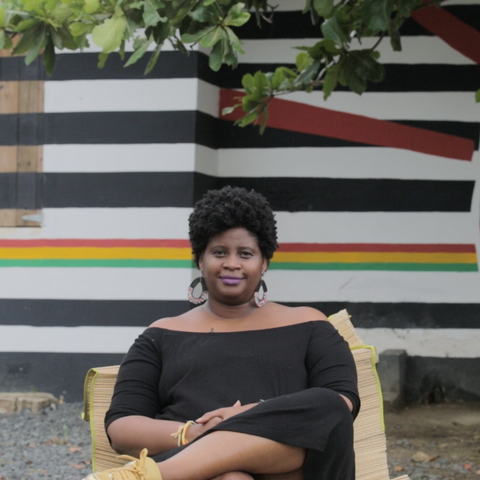Why Some Black Puerto Ricans Choose ‘White’ on the CensusPosted in Anthropology, Articles, Caribbean/Latin America, Census/Demographics, Media Archive, United States on 2020-02-10 01:58Z by Steven |
Why Some Black Puerto Ricans Choose ‘White’ on the Census
The New York Times
2020-02-09
 A bomba dance class at the Corporación Piñones Se Integra community center in Loíza, P.R. Erika P. Rodriguez for The New York Times |
The island has a long history of encouraging residents to identify as white, but there are growing efforts to raise awareness about racism.
LOÍZA, P.R. — A dozen dancers wearing bright, colorful ankle-length skirts gathered around five wooden drums. Their shoulders and hips pulsed with the percussion, an upbeat, African-inspired rhythm.
Loíza, a township founded by formerly enslaved Africans, is one of the many places in Puerto Rico where African-inspired traditions like the bomba dance workshop at the Corporación Piñones se Integra community center thrive.
But that doesn’t mean all of the people who live there would necessarily call themselves black.
More than three-quarters of Puerto Ricans identified as white on the last census, even though much of the population on the island has roots in Africa. That number is down from 80 percent 20 years ago, but activists and demographers say it is still inaccurate and they are working to get more Puerto Ricans of African descent to identify as black on the next census in an effort to draw attention to the island’s racial disparities…
Read the entire article here.

